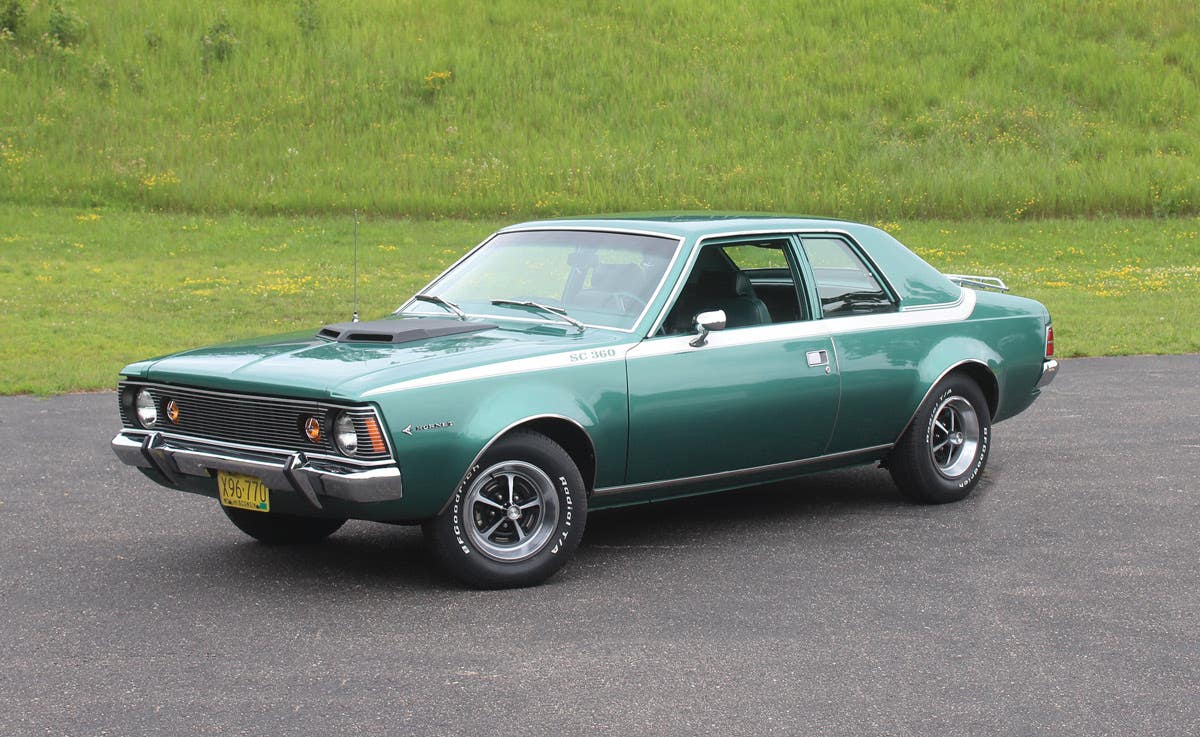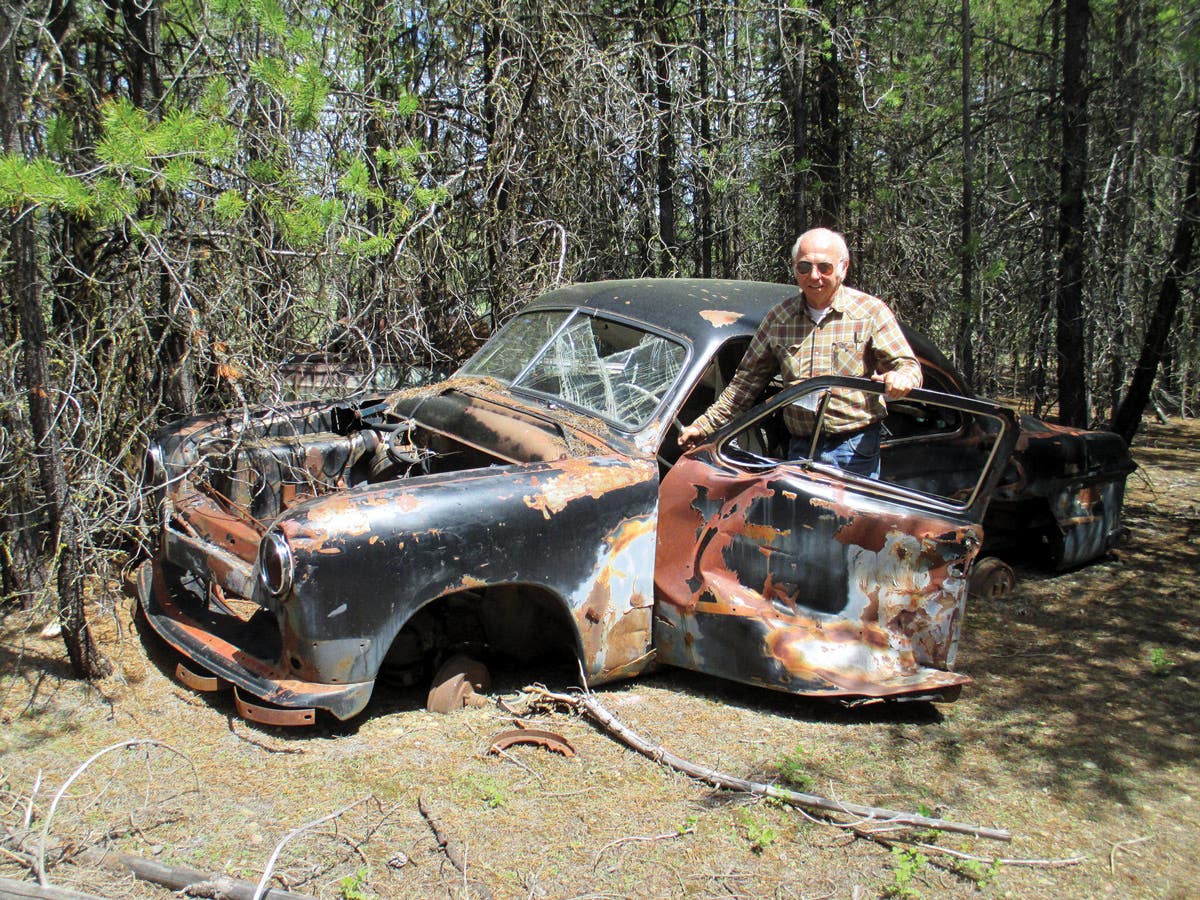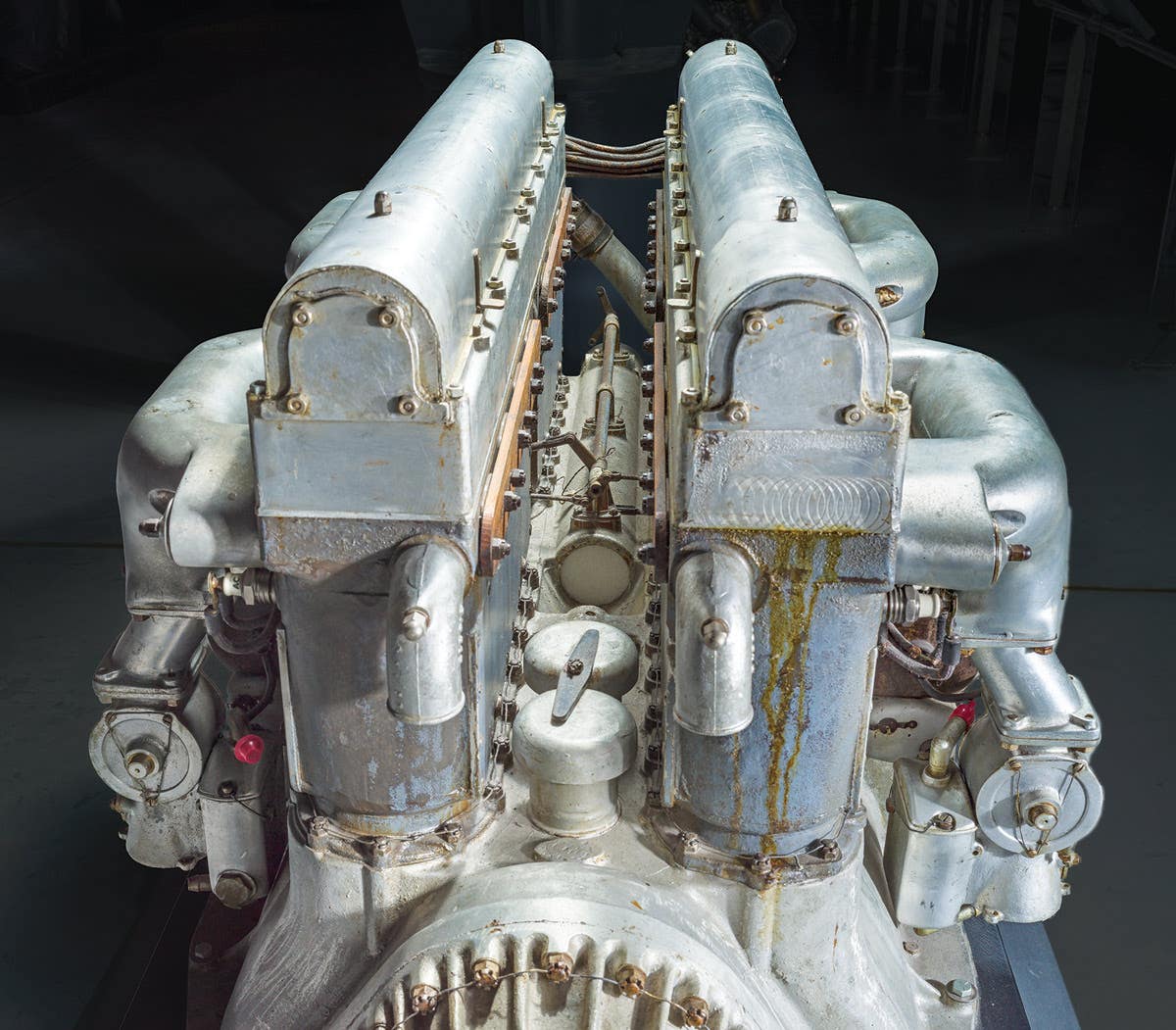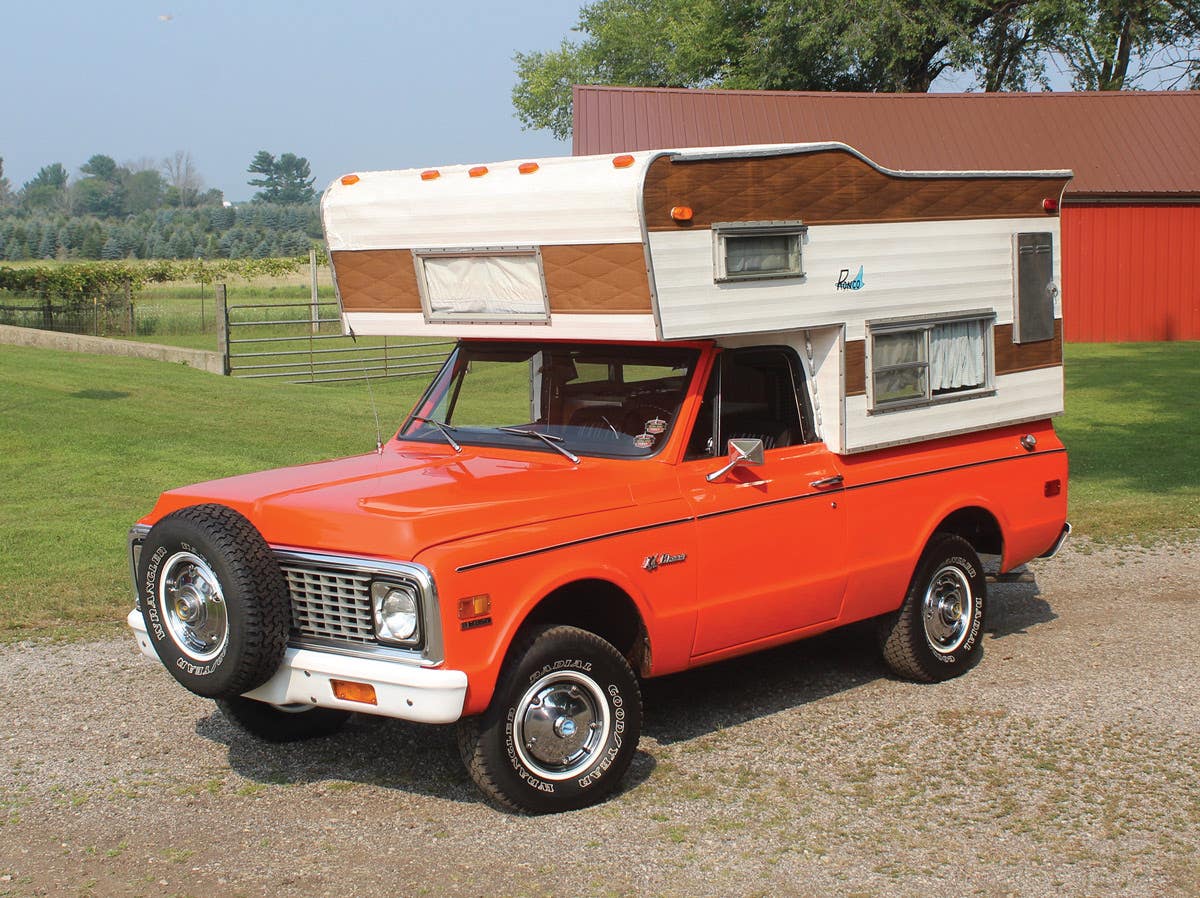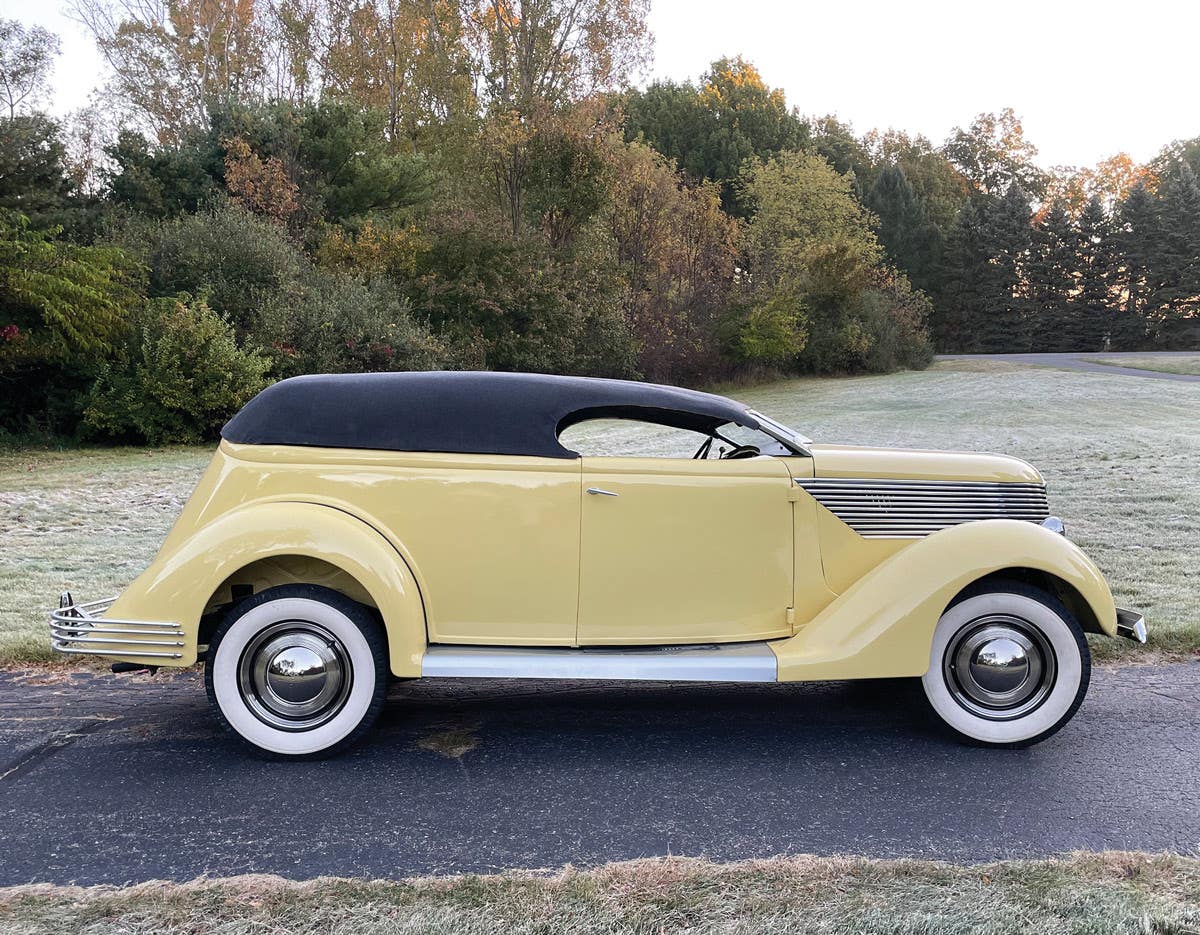The Mysterious Packard Monte Carlo: Part III
Part III of the uncovering of the mystery behind the Packard Monte Carlo.
Editor’s note: In Part II Old Cars included a story of the mysterious one-of-a-kind 1949 Packard Monte Carlo convertible and its suspected role in Packard and Henney Motor Co. history. The following “Undiscovered Classics” column discusses on the background of Packard-based Henney show cars, concept car proposals by individuals and research into Henney families as it pertains to the Packard Monte Carlo.
Henney Hires Richard Arbib
Starting in the late 1930s, Henney Motor Co. of Freeport, Ill., had an exclusive relationship with the Packard Motor Car Co. in which Henney was the sole producer of Packard professional cars (limousines, ambulances, funeral coaches and flower cars). But after World War II, changes across America were abundant, as were opportunities. This was no different for Henney.
In 1946, Henney was purchased by Charles Russell Feldmann, who wanted to expand the company’s vision. By 1949, Feldmann set his sights on building something new for Packard—something that would get the attention of both Packard and the public. He would get this attention by creating a Packard show car. To this end, Henney brought on a young new designer, 31-year-old Richard Arbib, whom Feldmann had worked with while both were in New York.
Arbib came to Henney as its new styling consultant, but he arrived armed with extensive experience. He graduated from the School of Industrial Design at Pratt Institute in the late 1930s and immediately began working for General Motors Styling under Harley Earl. During the war, he became an armament specialist for Republic Aviation.
After the war ended, Arbib returned to Detroit to work directly for Harley Earl. During the late 1940s, Arbib also worked for Argus cameras, U.S. Royal Tires, Union Pacific and Benrus watches. By 1949, he had ended his relationship with General Motors and began working as a consultant for Henney, designing its professional cars.
Henney’s first salvo into Packard show cars
Looking backward in time, we know of Henney’s success with Arbib at the design helm. He designed and Henney built six 1952 Packard Pan American show cars. We also know that Arbib designed and Henney built two Packard Monte Carlo show cars in 1953, both of which exist today. Beyond Packard, Arbib also designed and built other show cars. But where did this track record of success begin? We know that it started with Henney and Arbib in 1949 and with their first joint effort: the Packard Monte Carlo.
The 1949 Packard Monte Carlo was going to be a “spec” car for Henney. That is, it was a proposal that showcased Richard Arbib’s talents and displayed the readiness of Henney to begin creating these cars upon Packard’s approval. Sketches of his idea exist to this day showing the design concept, as do photos of the completed car. In an October 1992 Collectible Automobile article penned by George Hamlin, he shared the following about the Monte Carlo concept:
“The most memorable effort by Arbib on the ’49 Packard was the hardtop-style ‘Monte Carlo Coupe.’ It enclosed both the front and rear wheels and ran Packard-style grille bars all around the car, except between the rear bumper guards. Note huge bumper guards, fins and gold trim that made this a three-tone car. The most unique feature, however, was the unusual greenhouse.”
treatment that differed from production Packards. Geoff Hacker
But going from design concept to building a car to show what it looks like in three dimensions is a large step, especially for a car that wasn’t directly ordered by a manufacturer. But that’s what Henney wanted to do—and it wasn’t unusual for the time, either.
Creating a car to test the waters with manufacturers was a theme that would be repeated with Dutch Darrin in 1952 and his Darrin Competition sports car. Darrin’s car would ultimately become the Kaiser-Darrin 161 we know today. Among other designers, Brooks Stevens tried the same approach with his Excalibur in the early 1950s. This was a common theme in the early postwar years where individuals and/or companies would design and build cars to entice the manufacturers to embrace and purchase their designs.
While the 1949 Packard Monte Carlo coupe has been lost to history, there exists our 1949 Packard convertible with many of the Monte Carlo coupe features, including the telling “Monte Carlo” scripts. Since this surviving convertible stayed in Freeport, Ill., we tried to track down people connected to Henney for answers.
Research into Henney families
Thanks to the efforts of George Hamlin, we were able to make contact with Alice Horner, whose father was head of personnel for Henney from 1927 to 1954, when the company closed its doors. We were tracking down any known Henney family members who may be able to help us identify the Packard dealer in Freeport, Ill., who most probably received the Monte Carlo convertible from Henney as stated in the articles about the car.
Alice was kind enough to share her memories of the era and we were particularly interested in what Packard dealer in Freeport might have worked closely with Henney. She was able to provide some useful information:
“Eddie Engelhardt owned and operated the Packard dealership in Freeport, known as the Freeport Garage, and I certainly spent my formative years there, admittedly bored to tears. But Eddie closed the Freeport Garage and moved to Florida in 1956 and his only daughter, Marian, and her husband and daughter, moved to Florida before then, and shortly thereafter to California. They were not collectors and when they moved to Florida, they sold nearly everything in a garage sale (and my parents bought stuff there), so I can tell you they didn’t have any Henney memorabilia around, even though Marian’s husband, Ted Schultz, did body work for Henney’s around 1940 and probably also for Freeport Garage.”
trim matches between this car and the Coupe. Geoff Hacker
Summary
In the last part of this story, we’ll complete a thorough hands-on examination of the Monte Carlo convertible, as well as a discussion of the impact of the 1949 Packard Monte Carlo project in the relationship between Henney and Packard.
Geoffrey Hacker has done a wonderful job putting together a digital book on the Packard Monte Carlo. The information and production is impressive. You can download it for free HERE! Thank you Geoffrey.
If you like stories like these and other classic car features, check out Old Cars magazine. CLICK HERE to subscribe.
Want a taste of Old Cars magazine first? Sign up for our weekly e-newsletter and get a FREE complimentary digital issue download of our print magazine.



